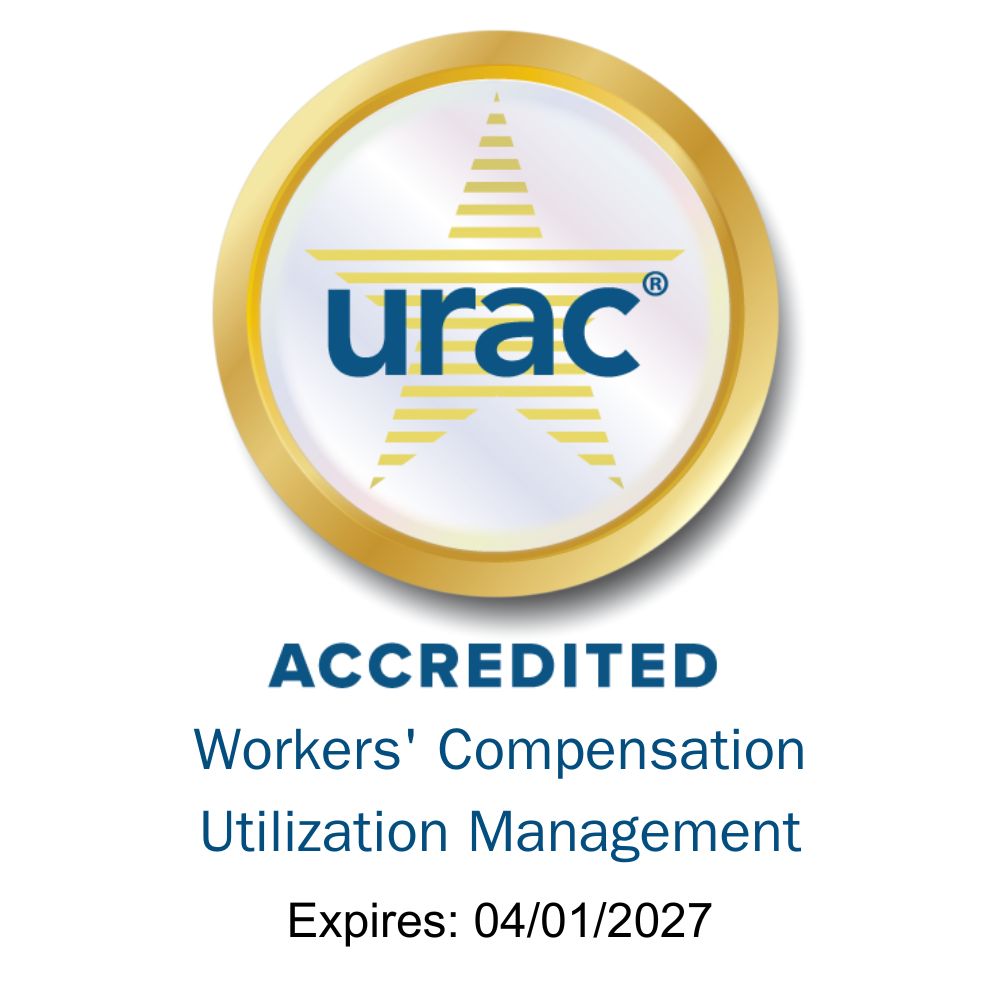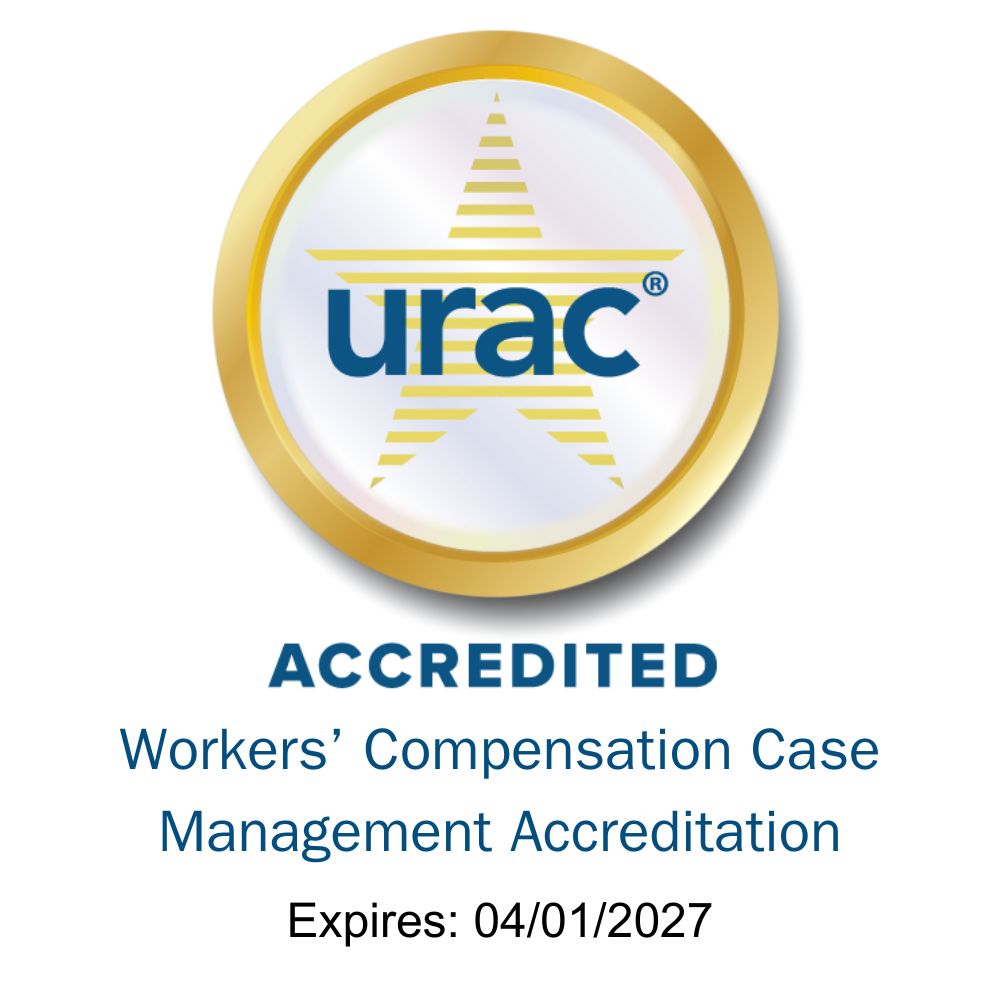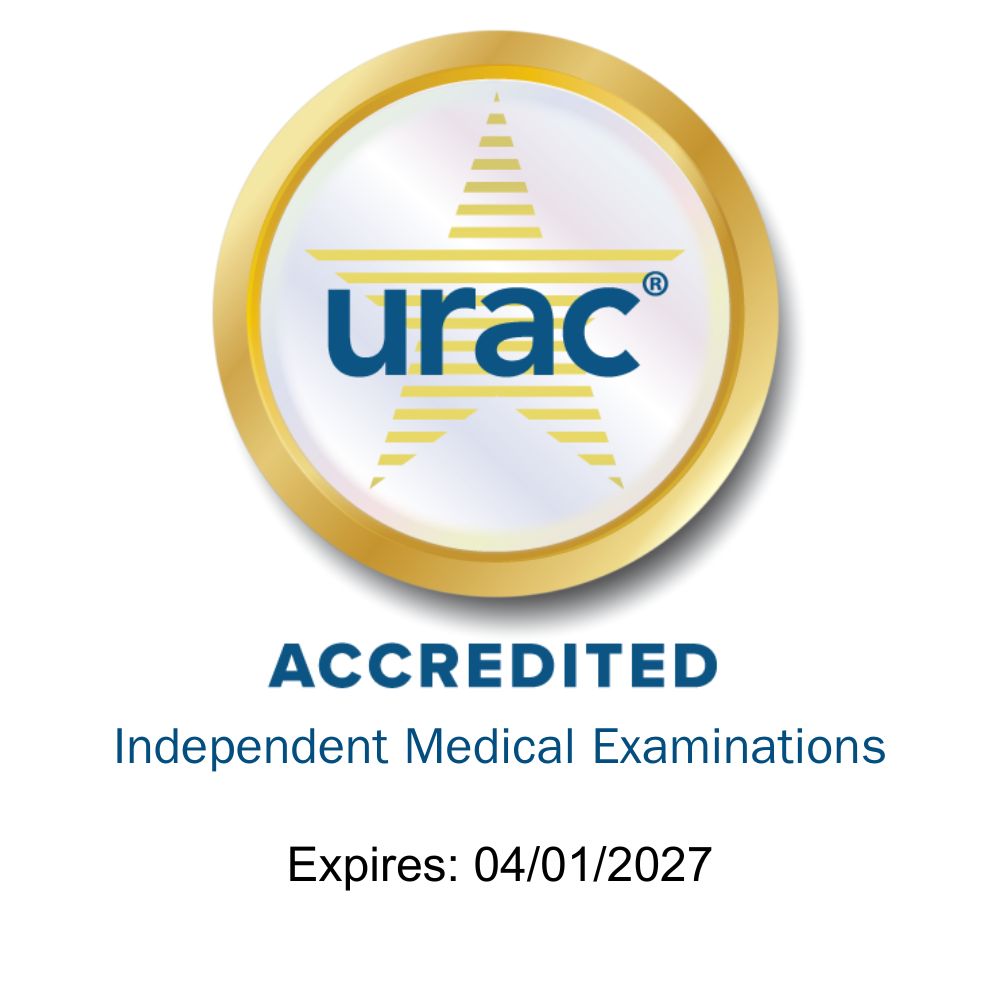Recently, the Sounding Board sat down with Jim Begg, Vice President of National Accounts for Apricus, to talk about transportation and translation services (T&T). We wanted to know more about these types of offerings, seeing that specialty networks like Apricus frequently manage such requests.
SB: Jim, we often see transportation and translation services mentioned in specialty network RFPs, usually grouped together. They are completely different offerings, yet it seems like specialty network requests for proposals often ask about T&T services in combination.
Jim: That’s right. They’re among the most commonly requested services. We get multiple requests for T&T every day.
SB: So T&T is a pretty big piece of the specialty network pie?
Jim: Definitely. By some estimates, specialty services like T&T, durable medical equipment, and home health make up roughly 20 percent of workers’ comp medical spending, with T&T accounting for a good chunk of that. Some vendors focus exclusively on T&T. Given their widespread use, they can make a huge difference in injured workers’ recoveries.
SB: Understood. So let’s dig into each of these areas. Tell us more about transportation. What exactly does it entail? Are we transporting people in ambulances, private cars, vans?
Jim: Transportation can take many forms, depending on the injured worker’s needs. It runs the gamut from individual ambulance rides to private “black car” services to air ambulances with nursing care. It’s important to partner with all kinds of transportation vendors because you’ll see so many different scenarios.
SB: And where are injured workers being transported? Home from the hospital?
Jim: Sure, we get referrals to take someone to or from the hospital, but also to rehabilitation therapy, to doctors’ visits, to diagnostic testing, and other places like that. Transportation generally has a recovery or medical component to it, but we also have been asked to help them with shopping and errands. If the injured worker needs to get somewhere and the adjuster approves, we'll arrange it.
SB: How do rideshare companies come into play?
Jim: Some vendors promote ridesharing, but we tend to shy away from them. And, of course, by ridesharing we mean vans that transport multiple patients. That’s not to be confused with popular ride-hailing services like Uber or Lyft. In our case, we prefer single-passenger partners and feel they have stronger credibility and history with us. There’s also an element of the unknown when sharing rides, which could have an adverse impact on the injured worker. Many drivers work for more than one transportation company, so we go with our preferred vendors. Additionally, when we need assistance with an injured worker getting to the vehicle, or if a party is late, we cannot guarantee the rideshare companies can be relied upon to assist or to wait.
SB: What can you tell us about translation?
Jim: Translation is usually in two forms — rewriting documents into a given dialect and translating a live call or office visit. Our vendors can translate over the phone, in person, or offline if there’s a document that needs it. We can also arrange a video conference call if needed, such as for sign-language translation. It’s an efficiency component that helps the claims or medical process when those services are not readily available.
SB: So if an injured worker needs translation for repeated visits, do we pair them up with a consistent translator so that a relationship is established? I guess that could apply to transportation too.
Jim: Right. If we have an injured worker with multiple requests, we try to use the same provider from a continuity perspective. Familiarity breeds success.
SB: What do you think readers would most want to know about our transportation and translation services that we might not have asked?
Jim: These are necessary services that are some of the most requested and used—and for good reason. They’re often critical to workers’ recoveries. These services also have more moving parts than most of the other service lines. Many of the drivers work for most of the providers, many times during the same day and subsequent trips. We can tailor the types of request for individual customers surrounding pickup times, where to pick them up, or whether we are going to wait or drop them off somewhere and come back. Likewise, requests for translation require a fair amount of coordination, especially as more people are involved. Getting everybody scheduled to meet at the same time can be tricky. And there’s often an essential time component with T&T, because the injured worker’s treatment can depend on receiving services promptly. They need to get to that appointment. They need to be able to talk to their caregivers and vice versa.
SB: Jim, thank you so much. This has been enlightening. We look forward to sitting down with you again soon to talk more about specialty network services.





